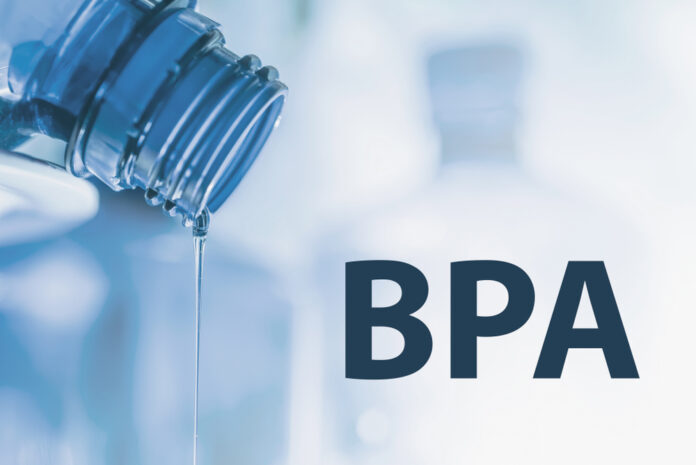
BPA, otherwise known as Bisphenol-A, is an industrial chemical commonly used in the production of plastic products. BPA can be found in many consumer products, such as bottles, food containers, and hygiene products.
BPA has been used since the 1960s in the manufacturing of resilient plastic homewares and products. There is a concern about BPA’s ability to leach into water or food, which may then be stored in a product that features BPA. BPA has been shown to have possible adverse health effects.
BPA Exposure and Your Health
The concern around BPA exposure stems from the fact that BPA can leach into materials stored in a BPA-containing item, such as water in a plastic water bottle made with BPA.
Heat can also cause expedited BPA transfer, such as microwaving food in a BPA-containing storage item or leaving a BPA-containing water bottle in direct sunlight.
BPA is an estrogen-mimicking endocrine disruptor (EED for short). This means BPA can bind to estrogen and other hormonal receptors and influence important bodily functions. It’s hypothesized that BPA can disrupt important endocrine and thyroid processes, though research isn’t conclusive.
Safe Levels of BPA
According to the FDA’s report on BPA exposure in 2014, a body can safely be exposed to 2.25 milligrams per pound in body weight of BPA per day. Most people’s BPA exposure falls much below this.
Considering this, the FDA still allows BPA to be used in certain items manufactured for adult consumption like food storage containers or plastic water bottles. However, the FDA restricted BPA use in items manufactured for infants, such as bottles and formula cans, in 2012.
Various independent research suggests that even FDA-approved levels of exposure can cause certain ailments in some individuals. Some studies suggest BPA may be a key factor in infertility in both men and women.
Another study suggests BPA could be linked to obesity, heart disease, and Type 2 diabetes. However, published research on how and when BPA causes health effects in individuals is still developing.
Alternatives to BPA
With so much uncertainty around how BPA affects us, some err on the side of caution and avoid it. This is wise, considering there are plenty of non-BPA options available for most products. Look for the “No BPA” tag on your plastic products.
Whenever possible, consider an alternative to plastic. Apart from possible health effects, plastics are bad for the environment. Aluminum reusable bottles, metal straws, and containers made of organic, recycled materials are widely available.
Conclusion
Though more research is needed to be certain, several studies point to BPA having possible negative effects on one’s health. Plastic products without BPA, or non-plastic products, are preferable whenever possible.
Sources:
What Is BPA and Is It Cause for Concern? (healthline.com)


















